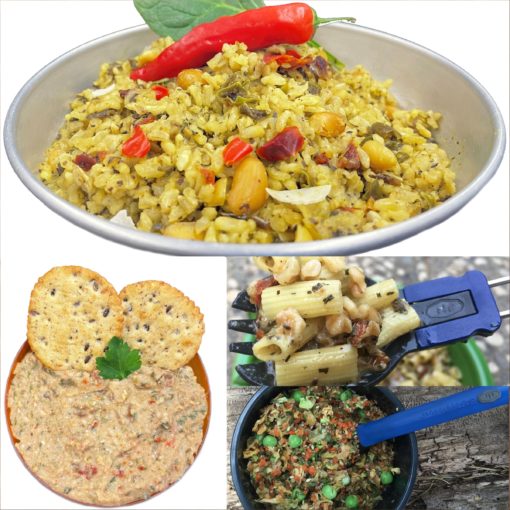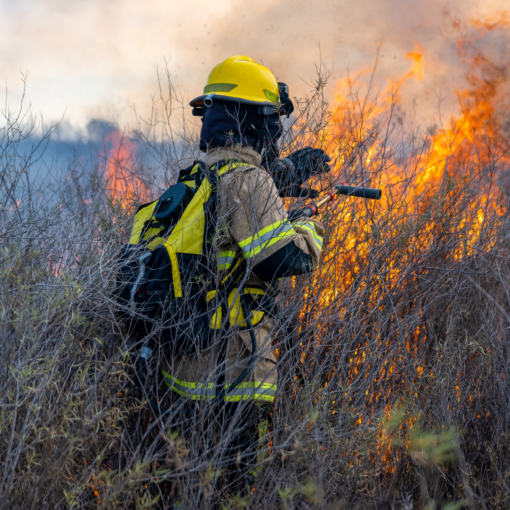Eating enough food is crucial to meeting the energy demands of endurance travel while maintaining overall health and well-being. Endurance marathons such as the annual 4 Deserts Ultramarathon Race, a series of 250-kilometer (155-mile) races across four deserts, require competitors to carry their equipment and food. Running in sandy terrain can burn approximately 500 calories per hour depending on your basal metabolic rate (BMR), pace, and weight. Accordingly, you will have a calorie deficit if you want to keep your pack weight light. For the 4 Deserts Race, which spans seven days, you must carry a minimum of 2,000 calories […]
Food
Dried fruit is a delicious and nutrient-dense snack, which is convenient when you need to refuel with carbohydrates from backpacking. It satisfies hunger pangs and packs a punch of health benefits, making it the perfect on-the-go snack for hiking adventures. For instance, the phenols, fiber, and antioxidant content in apples reduces chronic conditions, including diabetes, heart disease, and cancer, while the potassium in a banana, a key component of many dried fruits, plays a crucial role in maintaining muscle function. Dry fruits contain multiple vitamins (A, B, C, Calcium, Iron, and Magnesium) and are loaded with fructose, a natural fruit […]
Hikers often ask, “What are your best backpacking meals?” These are Outdoor Herbivore’s customer favorites. 1. Best Trail Breakfasts The time between dinner and the following morning is a long time for your body to go without food, so don’t skimp on eating in the morning. Eating after waking can supply the energy your body needs to start the day and improve your metabolizing energy during the rest of the day. Breakfast on the trail can range from eating a snack bar while walking to sitting down to a giant breakfast burrito with coffee. What you eat in the morning […]
Wildland firefighting, a role that demands immense physical and mental strength, requires careful meal planning. To sustain this work output and maintain a healthy immune system, fireline firefighters will typically need to consume 6,000 calories daily. Getting proper nutrition from ultra-processed Meals Ready to Eat (MREs), packaged snacks and backpacking meals can be challenging. That’s why we recommend a less processed, plant-based diet made from freeze-dried food, which provides the most antioxidants, vitamins, and minerals to fuel the body. These are the key components we recommend for making up a wildland firefighter’s diet while in the field: Carbs Carbohydrates are […]
We are often asked, “What’s new for the season?” We’re excited to introduce our newest no-cook meal crafted with garbanzo beans, chopped walnuts, carrots, and diced celery in a creamy dill dressing. When paired with crackers or flatbread, it makes a delicious and quick on-the-go trail-side lunch. With 530 calories per pouch, it’s packed with complex carbohydrates, healthy fats, and protein to keep your energy levels up. Just like all of Outdoor Herbivore’s no-cook backpacking meals, preparing this one is a breeze. Simply add water to the pouch (or a serving bowl) and allow it to hydrate for about 6 […]



